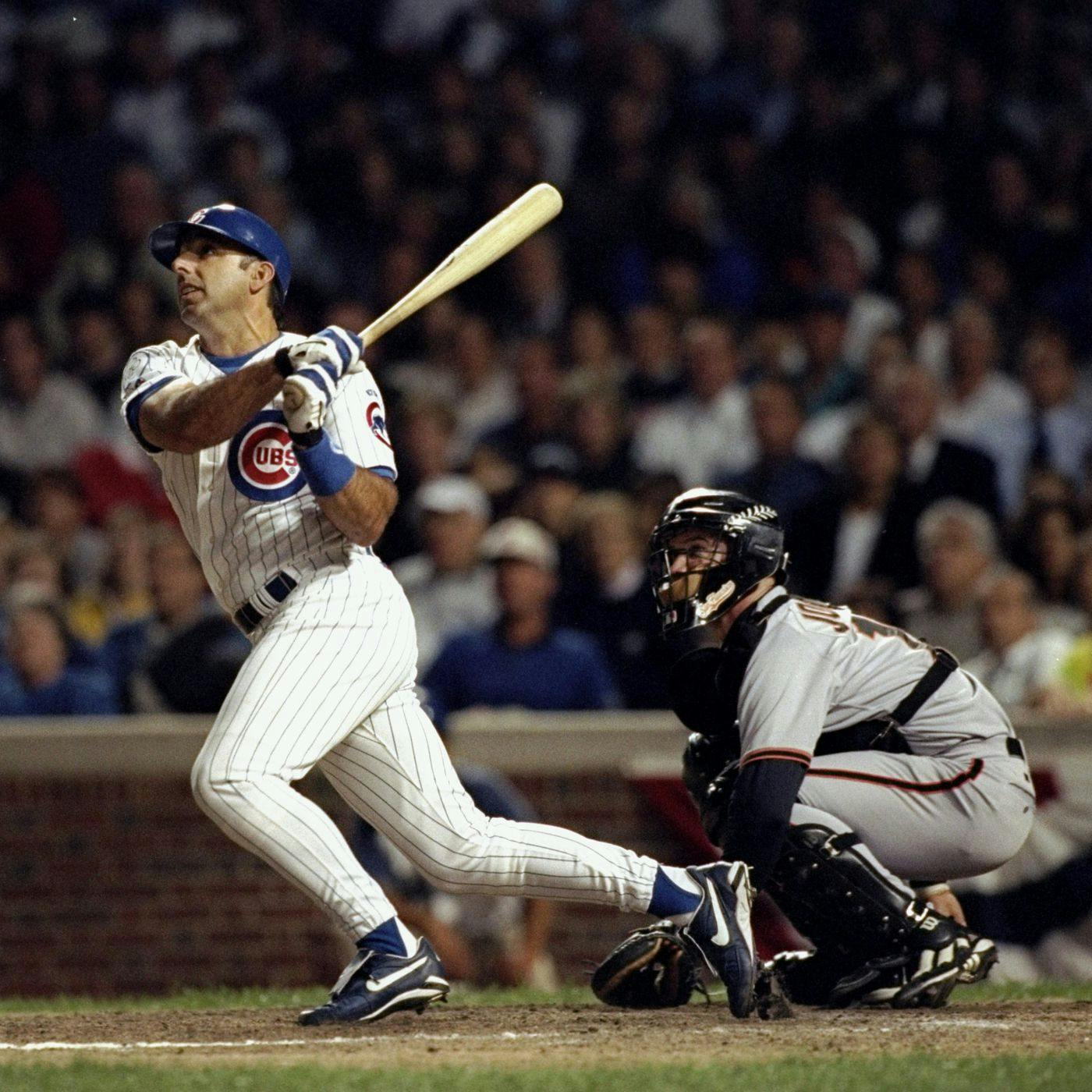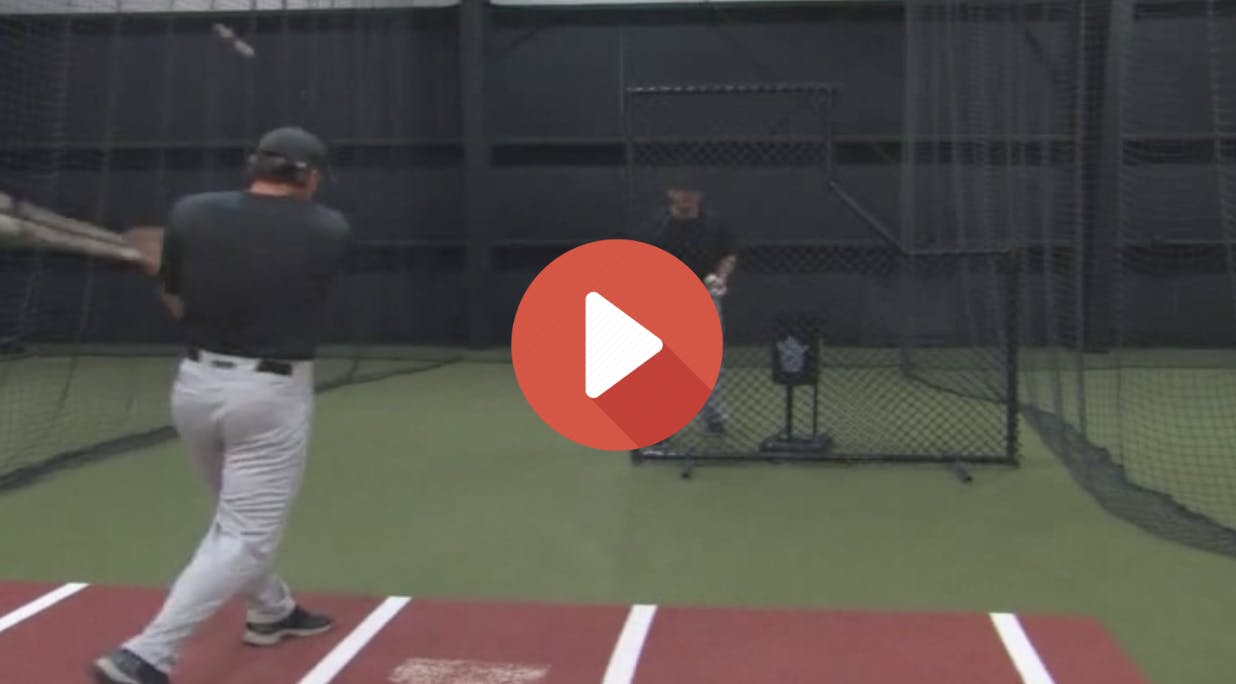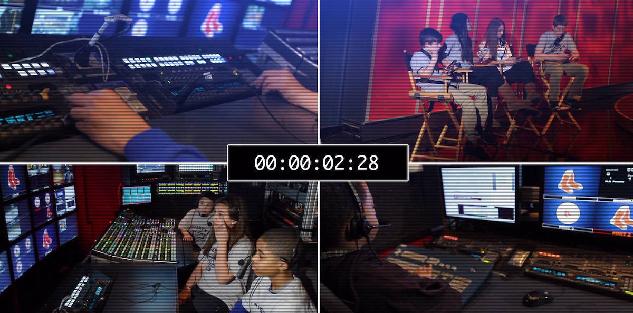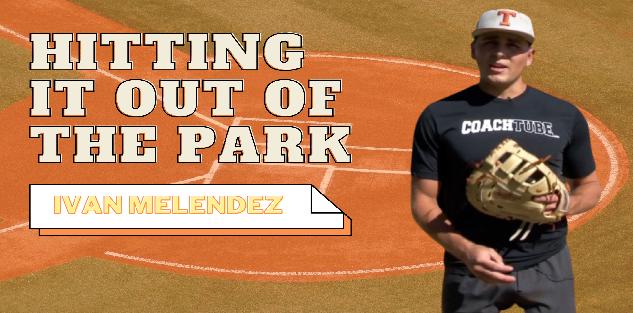Featured courses
- Understanding The Shift by Brandon Ogle
- Two Drills to Improve Outfield Movement and Communication by Grant Young
- The Ultimate Resource For Coaching Youth Baseball by Jackson Chlebowy
- Become a Master at Bunting by Brandon Ogle
- 5 Reasons Why There Is More To Good Base Running Than Just Speed by Brandon Ogle
- Three Injury-Prevention Tips For Your Offseason Pitching Program by Grant Young
- How to Teach Hitting to the Next Generation by Grant Young
- Developing Defensive-Minded Baseball Catchers by Grant Young
- 3 Baserunning Tips to Score More Runs in Baseball by Grant Young
- 5 Outfield Drills to Work on in Season by Alec Burris
- Keys For Scoring More With Runners on First and Third Base by Grant Young
- How to Develop Your Game to Become a Five-Tool Player by Brandon Ogle
- 3 Coaches Share the Keys to Running Baseball Practice the Right Way by Grant Young
- Four Drills to Sharpen a Baseball Hitter’s Vision at the Plate by Grant Young
- Four Quotes to Hit Better With Two-Strikes by Grant Young
- Four of Former MLB Pitcher Juan Nieves’ Movement-Based Pitching Drills by Grant Young
- Two Tips For Developing an Elite Baseball Bullpen by Grant Young
- Overcoming the Four Challenges of Indoor Baseball Practices Because of Weather by Grant Young
- Three Tips to Make Your Baseball Team Mentally Tougher by Grant Young
- Three Priceless Philosophies to Motivate Your Baseball Team by Grant Young
- Three Offseason Baseball Drills to Simulate Competition by Grant Young
- Three Baseball Offseason Strength and Conditioning Essentials by Grant Young
- Important Ways to Improve Your Baseball Team’s Baserunning by Grant Young
- Three Ways to Perfect Hitting Mechanics From an MLB Icon by Grant Young
- Catchers can influence pitchers...for bad or good by Drew Johnson
- Throwing Strikes and Playing Good Defense Equals Wins by Jose Ortiz
- Legendary Indiana Head Baseball Coach Bob Morgan’s Offensive Theory by Grant Young
- Tennessee Head Baseball Coach Tony Vitello on How to Practice Baserunning by Grant Young
- Three Great T-Ball Drills For Youth Baseball Players by Grant Young
- How to Manage a Baseball Pitching Staff by Grant Young
- Three Uncommon Tips to Become a Better Hitter by Grant Young
- How a Baseball Coach Can Develop Strike Throwers by Grant Young
- Drills to Develop Elite Baseball Outfielders by Grant Young
- Baseball Training Exercises to Strengthen Arm and Bat Speed by Grant Young
- How to Use Bunting to Score More Runs by Grant Young
- How To Build An Elite Baseball Infielder by Grant Young
- Three Drills to Improve Your Baseball Team's Infield Play by Grant Young
- Three Keys to Curating a Pitching Staff’s Success by Grant Young
- 3 Techniques to Develop a Baseball Player’s Hitting Approach by Grant Young
- How to Cultivate Confidence Within Your Pitchers by Grant Young
- 5 Every Day Drills To Help You Become A Better Catcher by tyler Linderman
- How to Throw A Curveball by Brandon Ogle
- How to Assemble a Lock-Down Bullpen by Brandon Ogle
- How to Throw a Sinker by Brandon Ogle
- How to be a Smart Baserunner by Brandon Ogle
- Improving a player's slugging average by Phillip Woolgar
- The 8 Fundamentals of Pitching by Drew Johnson
- How to Throw a Deceiving Changeup by Brandon Ogle
- Step Up Your Outfield Defense With These Three Drills by Jose Ortiz
- 8 Baseball Drills Every Player Should Practice by Drew Johnson
- How To Become An Elite Defensive Outfielder by Tyler Linderman
- 5 Tips For Crushing A Curveball by Johnny Grassi
- LEGENDS FOR YOUTH INCLUSION BASEBALL CLINIC by Phil
- Fourteen Ways To Turn A .300 Hitter Into A .210 Hitter by Jay P. Granat, Ph.D.
- How To Become The Ideal Leadoff Man by Brandon Ogle

Three Ways to Perfect Hitting Mechanics From an MLB Icon
- By Grant Young
Learning to produce solid, consistent hitting mechanics in baseball might be one of the toughest things to do in any sport.
Not only does a successful swing demand perfect timing, hand-eye coordination, and body mechanics but the hitter must synthesize a complex series of movements in a split second to make solid contact with the ball. Not to mention how factors such as pitch speed, movement, and location further complicate the task. Additionally, hitters must constantly adjust their mechanics to adapt to different pitchers and pitch types.
And because there is so much nuance to a swing that many coaches who haven’t played the game at a high level can struggle to comprehend, it's easy to develop bad habits with a swing without adequate baseball hitting instruction.
Without proper guidance and attention to detail, hitters can easily fall into patterns that hinder their performance such as lunging, casting the hands, or an inconsistent stride. Plus, given how predicated modern baseball is on hitting home runs, the natural desire to overpower the ball can lead to a breakdown in mechanics, resulting in poor habits for youth baseball players. Over time, these bad habits can become deeply ingrained, making them difficult to correct.
It's crucial for players to receive regular coaching and feedback to prevent the development of detrimental swing habits. And who better for these lessons to come from than a former MLB player?
Gary Joseph Gaetti, is an American former third baseman in Major League Baseball for the Minnesota Twins, California Angels, Kansas City Royals, St. Louis Cardinals, Chicago Cubs, and Boston Red Sox. He won the 1987 MLB World Series with the Minnesota Twins and was the 1987 ALCS (American League Championship Series) MVP. Across his career, Coach Gaetti won the 1995 Silver Slugger Award, was a four-time Gold Glove Award winner, and was inducted into the Minnesota Twins Hall of Fame when his career ended.
Coach Gaetti’s ‘MLB`s Gary Gaetti Hitting Course’ shows the secrets to how he became one of baseball’s elite hitters during his playing days. He lays out a comprehensive, easy-to-follow hitting success blueprint that will help any player or coach learn the correct mechanics at the plate and unlock their team’s batting average.
Bat Toss Drill
One of Coach Gaetti’s most effective drills that he used throughout his professional baseball career is what he calls the Bat Toss Drill.
This drill has two purposes:
1. Teaches hitters the predominant feel they need to have, in regard to their bat’s barrel.
2. Helps hitters to reach where their true, natural launch position will be when swinging.
For this drill, a player will grab a bat and come up to a net (ideally one that’s in a batting cage). They’ll stand about a foot away from the net and mirror the start of their swing, simulating making contact. When reaching this point, the player should be making sure their bat stays flat, parallel with the net.
From there, the hitter will return to their batting stance and remove their bottom hand from the bat. They will then simulate their swing and let go of the bat (essentially throwing it) at the point where they would be making contact.
This drill is great for coaches because it highlights common mechanical issues for players, such as realizing they can’t throw the bat properly if their elbow is too raised or their hands too close to their head because it’s such an unnatural movement. And to do so, they’ll fly their front shoulder open, which is a common mechanical mistake.
They also might move their hands back in their stance to generate more force for their push. If either of these things occurs during this drill, it’s a signal that a stance adjustment may be necessary.
Soft Toss
Every coach knows that soft toss is an integral aspect of developing a smooth, consistent hitting swing. But Coach Gaetti conveys what a coach should be looking for when doing these drills to ensure that players are getting the most out of them.
“Most soft toss, I like [the tosser] at a 45-degree angle, not too close, and a nice firm toss near the front side [of the hip],” Coach Gaetti said.
He then explains that the more realistic you can make the pitch, the more effective it’s going to be for a hitter’s development. That’s why he stresses a nice firm toss without a lot of arc because that doesn’t resemble something a hitter will see in a game.
And a hitter will never see the ball coming at them from the other batter’s box. So soft toss should either be done directly in front of the hitter (with a net or L-screen) or off to the side, at a 45-degree angle.
The Tomahawk Drill

Coach Gaetti loves using the Tomahawk Drill when hitters aren’t using their top hands, their hands look sluggish, or their barrel isn’t getting to the ball on time.
In doing this drill, Coach Gaetti wants his hitters to feel like they’re hitting a line drive to the third baseman. But the pitch (this is a front toss drill) is going to be high and outside, which is not ideal for pulling the ball. While this isn’t a good strategy in a game, this is going to force quick and decisive hand action from the hitter in order to pull this type of pitch.
To be clear, this isn’t a hitting strategy that should be used in a game. But it’s a great mechanical adjustment when a hitter’s hands have been slow to react.



